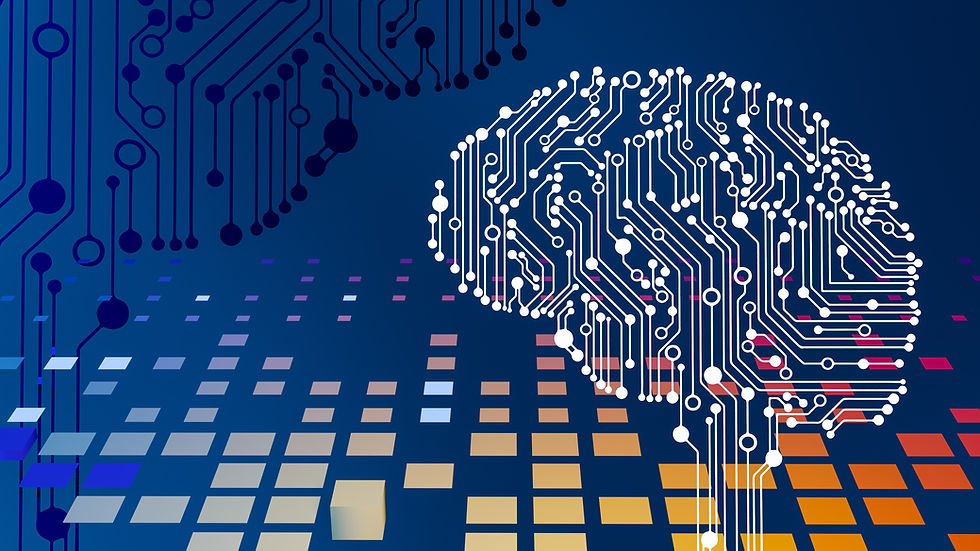Understanding the Essence of AI Decisioning
- alexandragrundy
- Aug 23, 2023
- 2 min read
In every corner of the world, 24 hours a day, important decisions with far-reaching implications are increasingly being made not by humans, but rather by AI systems. Yet, despite its widespread presence, many still find themselves pondering the exact nature of this phenomenon.
According to insights from Forrester Research, “AI decisioning platforms (AIDPs) provide enterprise business and technology teams with tools to author and automate business decision logic in a wide variety of applications by leveraging combinations of decision intelligence technologies such as business rules, machine learning models, mathematical models, and more.”
In a recent online seminar hosted by our partner, InRule, Mike Gualtieri, Vice President and Principal Analyst at Forrester, elaborated on the concept of AI decisioning platforms. He described these platforms as ensembles of repeatable decisions embedded within software processes. Examples include determining whether a transaction constitutes fraud, evaluating the suitability of an insurance policy, or selecting the ideal products to propose to a customer.
Gualtieri explained that the hallmark of an AI decisioning platform lies in its ability to enable business experts to craft human decision logic in tandem with machine learning models. These models could be either self-generated by these experts or developed by dedicated data science teams.
Herein lies the crux of AI's involvement – its seamless integration and automation. What distinguishes AI decisioning platforms from their counterparts is their incorporation of a human dimension to mitigate potential risks. AIDPs integrate machine learning models safeguarded by boundaries defined by human decision logic. This dynamic approach, involving human oversight and intervention during application approvals, sets these platforms apart.
The realm of AI decisioning uniquely caters to non-technical business users and domain specialists. A user-friendly interface in plain language is a fundamental requirement for any competitive decisioning platform. Beyond this, several key features that AI decisioning platforms should encompass are:
Explainability: As explained in a prior blog post, explainability delves into the reasoning behind automated outcomes. This fosters trust, ensures adherence to regulations, and renders outcomes actionable. AI decisioning platforms must provide exhaustive, easily comprehensible historical records of all rule modifications. This empowers users to trace any misaligned decision back to its source.
Open Architecture: The majority of automated decisions involve multiple platforms. Hence, decisioning systems should allow seamless integration with other AI platforms. This empowers users to combine various technologies to arrive at a unified decision.
Diverse Testing Options: Assuring that machine learning algorithms and automated decisions yield the intended results necessitates robust testing capabilities. The ability to test multiple models, including methodologies like A/B testing, instils users with confidence to incorporate novel technologies into their decisioning processes, notably including generative AI.
Robust Collaboration: Typically, decisioning is a collaborative effort involving various stakeholders and subject matter experts. The most effective decision platforms foster collaboration among all relevant parties.
To delve deeper into the realm of AI decisioning, you can read the The Forrester Wave™: AI Decisioning Platforms, Q2 2023 post for more information.



Comments